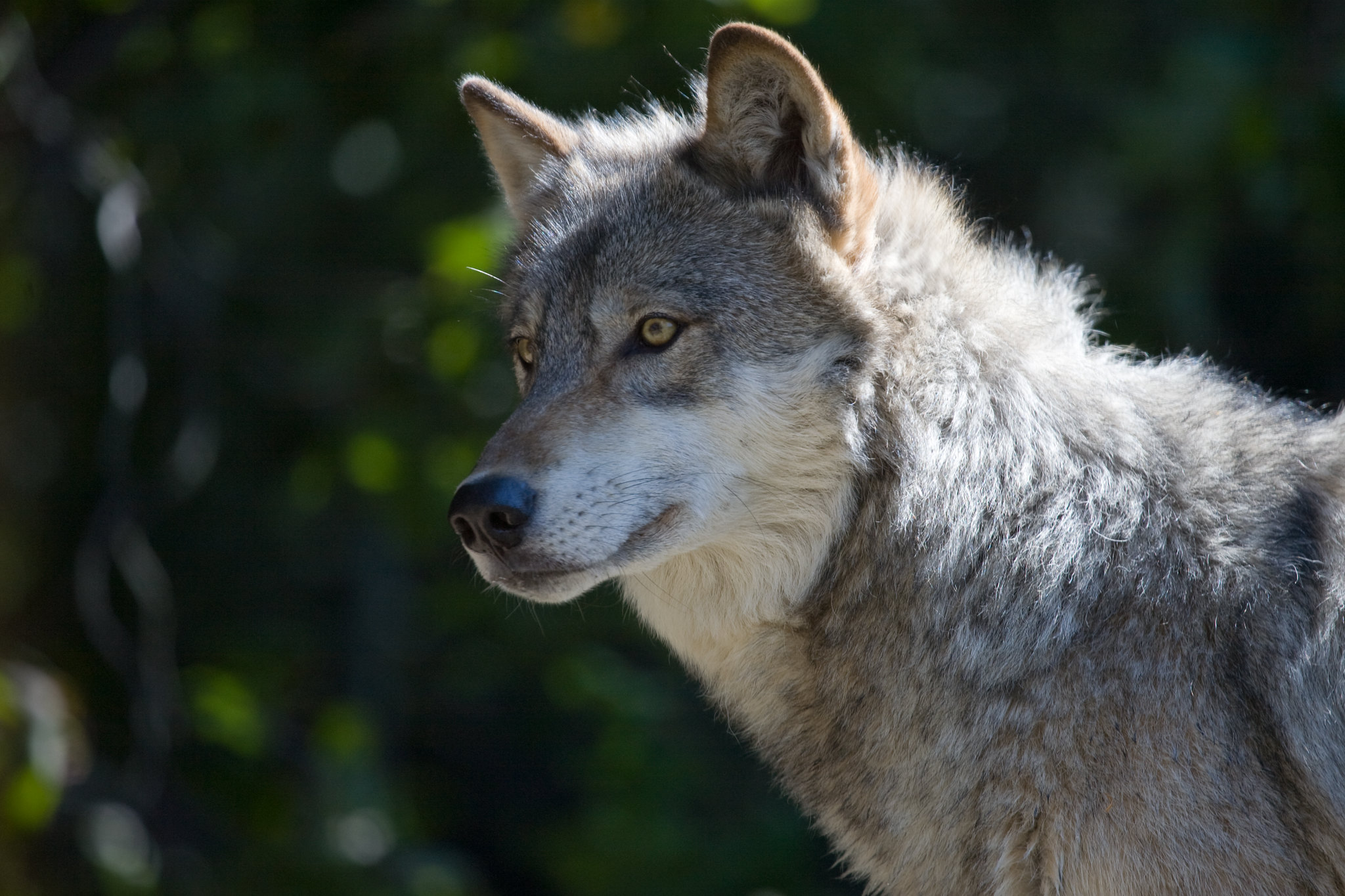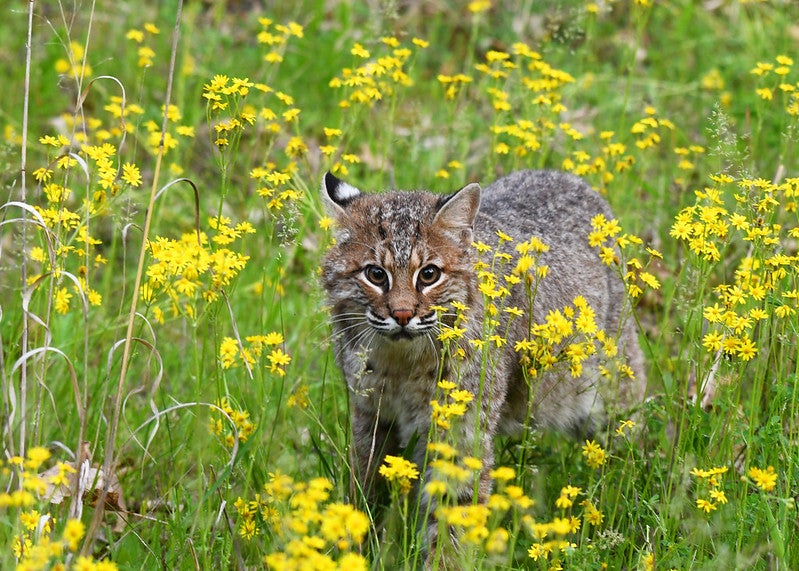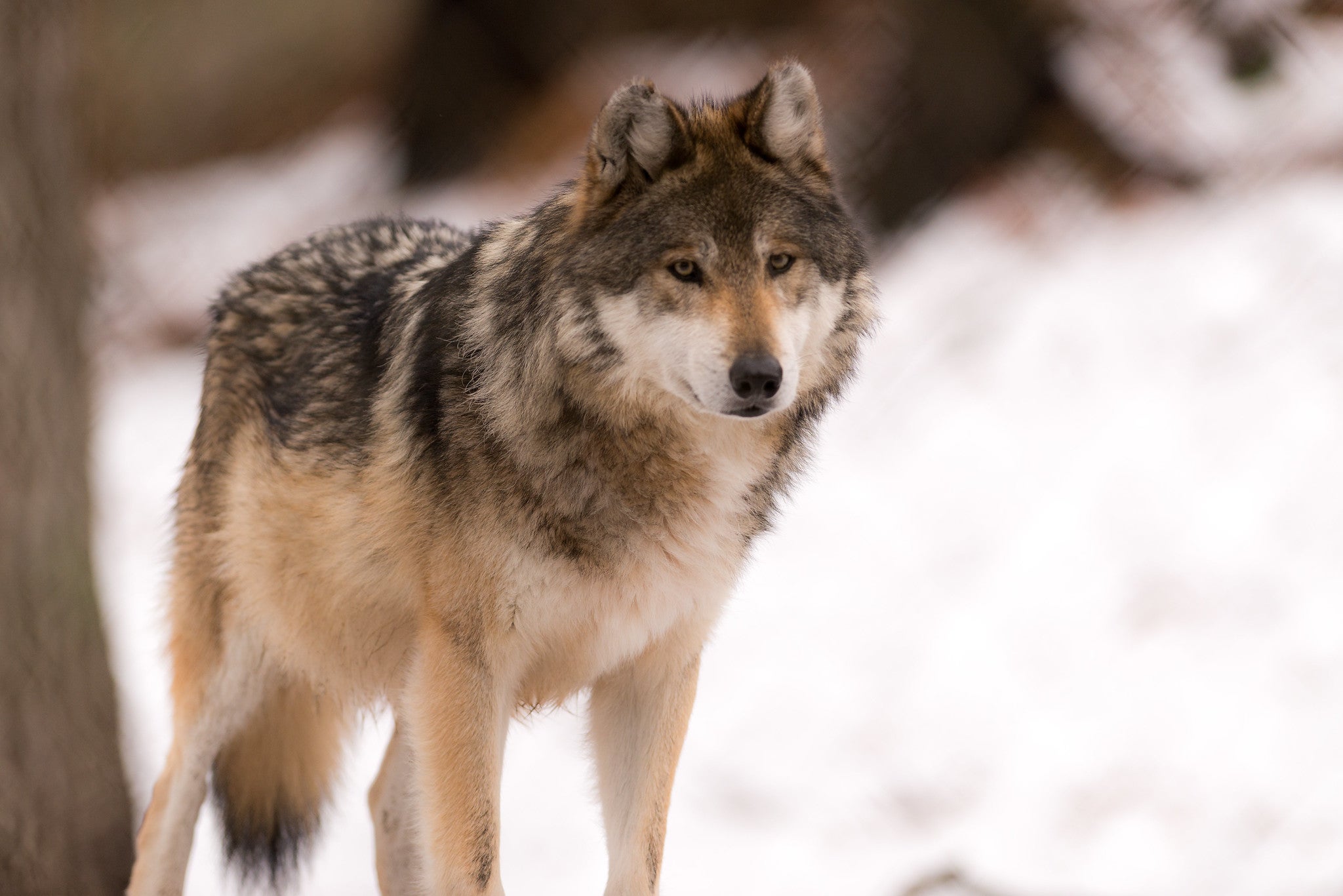A new smartphone app from the University of Wisconsin-Madison is helping the state’s fruit and vegetable growers understand bee populations on their farm.
Claudio Gratton, UW-Madison entomology professor, said his lab created the WiBee app after hearing from farmers who were uncertain about the prevalence of wild bees on their land.
“Wisconsin has over 500 species of bees that are present in our environment,” Gratton said. “The problem is that these pollinators are really variable in the landscape, some areas can have higher numbers than others. And a question that we often got from our growers is, ‘Are they abundant enough on my farm and are they predictable enough that they can actually contribute to crop pollination?’”
News with a little more humanity
WPR’s “Wisconsin Today” newsletter keeps you connected to the state you love without feeling overwhelmed. No paywall. No agenda. No corporate filter.
These questions are what drew Chris McGuire, owner of Two Onion Farm in Belmont, to start using the app this spring.
McGuire said his family previously tried to keep honey bees to make sure they would have pollinators for their apple trees and other produce crops.
“That was always difficult. The bees often didn’t survive over winter or the hives weren’t healthy. It was kind of stressful because we never knew if they would be there when we needed them. So we’ve tried to rely more instead on wild bees,” McGuire said.
Over the last 17 years he has been on his land, McGuire said he thinks the wild bee population has increased. He said surveying his local bee populations in a more standardized way will help him understand if other management practices are needed.
“It allows us to have some quantitative numbers, like this is the average number of bee visits per flower that we see in our orchard during bloom,” McGuire said. “That can be compared with other orchards and with sort of benchmarks that researchers have set about what’s the adequate number of bee visits to get a good crop.”
Katy Thostenson, outreach specialist for the WiBee project, said the app first became available this spring and already has around 20 users. Many are apple growers like McGuire who Thostenson recruited last summer to help test a beta version.
But she hopes more than just farmers will be interested in using the app.
“Anyone who wants to learn more about the bees in their yard or maybe a teacher who wants to build some type of learning into their curriculum tied to their school garden, this can be a useful tool just to help people stop and observe ‘Hey, what insects are visiting my property or my garden?’” Thostenson said.
Users start by learning how to identify five different categories of bees: bumblebees, honey bees, large dark bees, small dark bees and small green bees.
[[{“fid”:”1259716″,”view_mode”:”embed_portrait”,”fields”:{“alt”:”A screenshot of the WiBee app”,”title”:”A screenshot of the WiBee app”,”class”:”media-element file-full-width”,”data-delta”:”1″,”format”:”embed_portrait”,”alignment”:”right”,”field_image_caption[und][0][value]”:”%3Cp%3EA%20screenshot%20of%20a%20bee%20survey%20in%20the%20WiBee%20app.%20%3Cem%3EPhoto%20courtesy%20of%20UW-Madison’s%20Gratton%20Lab%3C%2Fem%3E%3C%2Fp%3E%0A”,”field_image_caption[und][0][format]”:”full_html”,”field_file_image_alt_text[und][0][value]”:”A screenshot of the WiBee app”,”field_file_image_title_text[und][0][value]”:”A screenshot of the WiBee app”},”type”:”media”,”field_deltas”:{“1”:{“alt”:”A screenshot of the WiBee app”,”title”:”A screenshot of the WiBee app”,”class”:”media-element file-full-width”,”data-delta”:”1″,”format”:”embed_portrait”,”alignment”:”right”,”field_image_caption[und][0][value]”:”%3Cp%3EA%20screenshot%20of%20a%20bee%20survey%20in%20the%20WiBee%20app.%20%3Cem%3EPhoto%20courtesy%20of%20UW-Madison’s%20Gratton%20Lab%3C%2Fem%3E%3C%2Fp%3E%0A”,”field_image_caption[und][0][format]”:”full_html”,”field_file_image_alt_text[und][0][value]”:”A screenshot of the WiBee app”,”field_file_image_title_text[und][0][value]”:”A screenshot of the WiBee app”}},”link_text”:false,”attributes”:{“alt”:”A screenshot of the WiBee app”,”title”:”A screenshot of the WiBee app”,”class”:”media-element file-embed-portrait media-wysiwyg-align-right”,”data-delta”:”1″}}]]
After filling out simple habitat and weather information, users take a five-minute survey of a 3-foot by 3-foot area of flowers.
“For those five minutes, you watch that patch of flowers and any time an insect visits a flower, you tap the category that matches the type of insect it is,” Thostenson said.
Thostenson said the survey data is shared with the UW-Madison team and also available for the app user to view.
“You can see the percentage of different groups of bees that you have recorded. You can see average flower visits per minute to get a sense for kind of what the rate of visitation is by these different bees. You can learn a lot from your own data while you’re waiting for us in the background to do kind of a bigger analysis,” Thosentson said.
By having access to survey data from around the state, Gratton said researchers will have a better understanding of the health of the state’s bee population.
“We actually don’t have good information about whether our bees are doing well or whether they’re declining. We know some bees are not doing very well. But we don’t know what the general trends look like,” Gratton said.
Wisconsin Public Radio, © Copyright 2025, Board of Regents of the University of Wisconsin System and Wisconsin Educational Communications Board.





